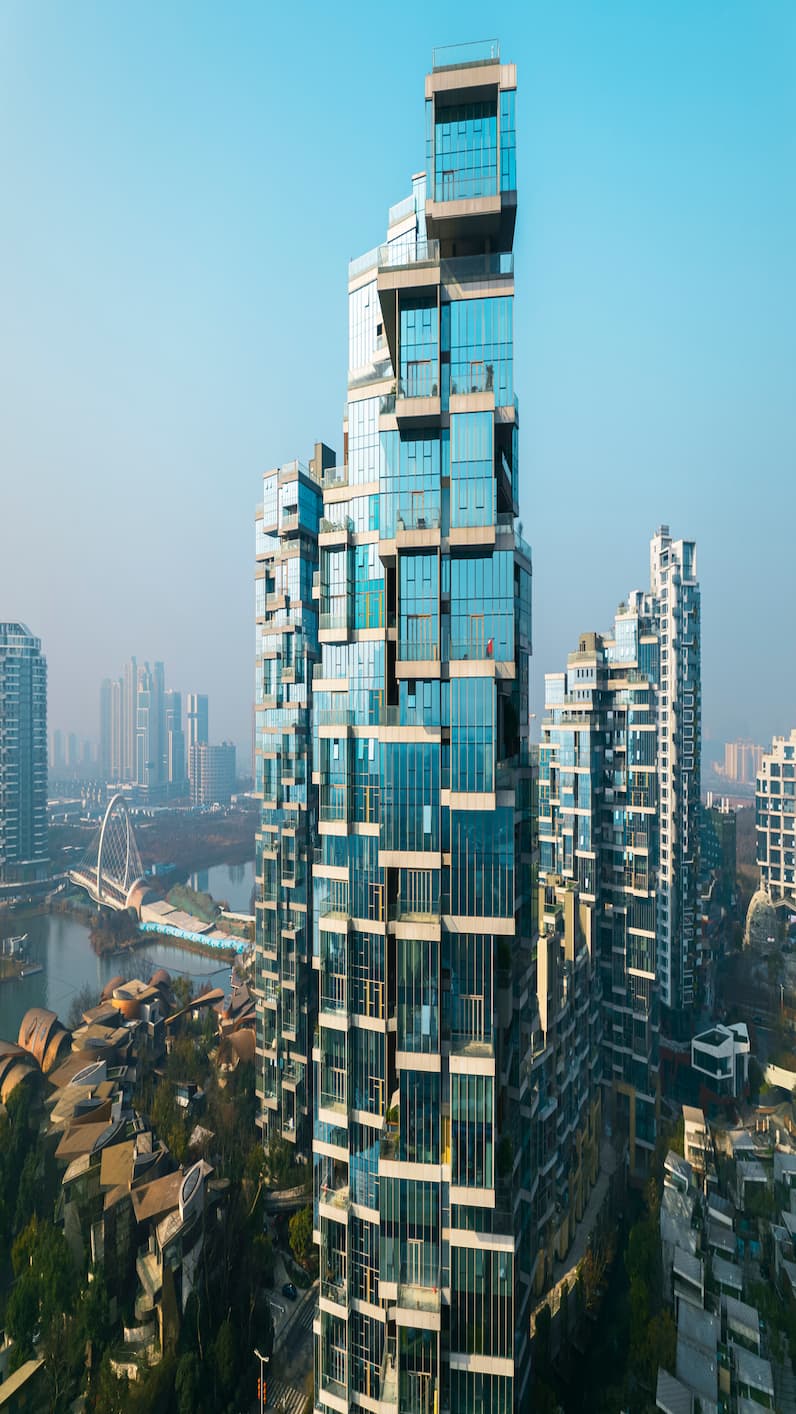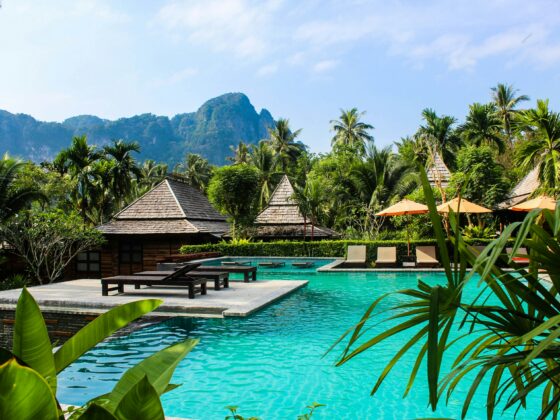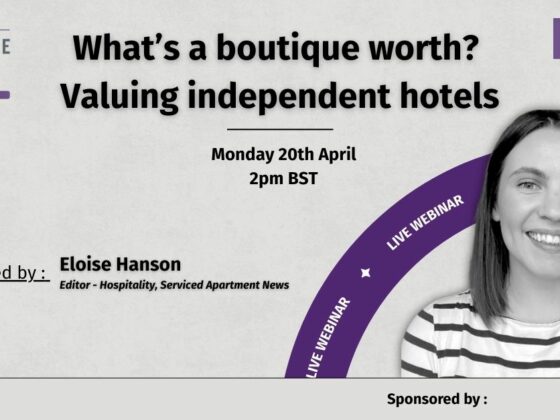Wellness is reshaping hospitality and real estate. It is no longer a luxury; it is a global economic force and a core business strategy. The global wellness economy reached $6.3 trillion in 2023 and is projected to hit $9 trillion by 2028, according to the Global Wellness Economy Monitor by the Global Wellness Institute (GWI). Of the 11 categories of wellness, the three (3) key growth areas include Wellness Real Estate, Wellness Tourism, and Mental Wellness, sectors now recognized as essential drivers in hospitality and real estate.
McKinsey & Company’s 2024 Future of Wellness study is titled “The wellness market gets a millennial and Gen Z glow-up”. To millennials and Gen Zers, wellness has become a daily, personalized practice rather than a set of occasional activities or purchases and encompasses sleep, nutrition, fitness, mindfulness, and appearance. They actively seek experiences such as wellness travel, biometric monitoring, and epigenetic testing. Simultaneously, older generations are prioritizing healthy aging and longevity, creating opportunities across demographics.
Wellness now permeates design, experience, and community at every level of hospitality and residential development. From digital biohacking tools to meaningful in-person rituals, properties that fully integrate wellness—from architecture to daily operations—consistently outperform their peers. According to the Global Wellness Institute’s Build Well to Live Well report, wellness lifestyle real estate commands a premium of 10–25% in many markets. In hospitality, GWI’s Wellness Policy Toolkit: Wellness in Hospitality, Tourism, and Recreation confirms that wellness integration leads to higher ADR, occupancy, guest spend, and guest loyalty, while strengthening brand equity. When embedded as a core development strategy, wellness delivers multidimensional returns—including reduced labor intensity and higher profit margins. Properties with strong wellness positioning also experience faster absorption rates and lease-up timelines, making wellness a powerful driver of both short-term performance and long-term asset value.
Wellness Real Estate, Tourism, and Mental Wellness: Strategic Sectors Driving Growth
Wellness Real Estate is the fastest-growing segment of the wellness economy. It expanded from $148 billion in 2017 to over $438 billion in 2023, outpacing the global construction industry, and is expected to hit $913 billion by 2028. Homes and resorts designed around wellness principles command premiums of 10–25% in sale price and 4–7% in rent. Features like biophilic design, thermal contrast rituals, and circadian lighting are now essential rather than optional.
ESG-focused investors are taking note: wellness directly supports Environmental (E) and Social (S) goals by promoting sustainable design and community health. While the U.S. leads the market, adoption is growing globally, with wellness-integrated developments seen across Europe, Asia, and Latin America.
Wellness Tourism is also surging. Growing at 36% annually between 2020 and 2022, the market reached $651 billion and is forecast to exceed $1.4 trillion by 2027. Though wellness travelers represent less than 8% of total travel, they account for nearly 19% of global tourism spending—spending 41% more on international trips and up to 175% more on domestic trips than average travelers.
These high-yield guests seek meaningful, immersive experiences like forest bathing, energy healing, ancestral traditions, and bio-innovation. They don’t want just a spa treatment; they want transformation.
Mental Wellness has become the third fastest-growing sector in the global wellness economy. Once the exclusive domain of clinics, it now defines modern hospitality. According to the Global Wellness Institute, the mental wellness market reached USD 181 billion in 2023 and is growing at a rate of 12% annually. Hospitality brands like SHA Wellness Clinic, Six Senses Hotels Resorts Spas, and Miraval Resorts and Spas are at the forefront of redefining mental wellness through integrative programs that include somatic therapies, mindfulness-based practices, and spaces designed for stillness, emotional regulation, and reconnection. These destinations move beyond stress relief to support long-term cognitive, emotional, and spiritual wellbeing, positioning mental wellness as a core pillar of the guest experience.
Why Strategy Matters: From Add-On to Anchor
To unlock ROI, wellness must move beyond good intentions and become part of a property’s DNA. Offering more recovery equipment, social bathing, group wellness experiences, labor costs can be reduced from 55% to 20% or less of total wellness revenue (based on US numbers from Under a Tree clients). That means engaging an experienced wellness advisor who can translate wellness trends into business-aligned programming, ensuring operational success and long-term value.
Without this, many developers fall into the trap of offering wellness in name only. Strategy ensures that wellness is not just performative; it’s purposeful and more profitable.
A Framework for Strategic Integration Across Hospitality Markets
Wellness is not one-size-fits-all. A strategic framework must consider feasibility, market dynamics, guest behavior, and brand promise. Below are three hospitality segments, and how wellness can be embedded authentically within each:
1. Urban Hotels: Seamless, Self-Guided Integration
Urban properties often lack cohesive wellness strategies despite having gyms, spas, or pools. The opportunity lies in understanding the guest and reimagining existing assets.
Today’s traveler is often sleep-deprived, stressed, and time-poor. Small shifts can make a big impact: circadian lighting, blackout systems, air purification, AI beds, and in-room recovery tools (like red-light therapy or compression boots) can transform the guest experience in under 30 minutes.
Collaborations with local wellness curators or tech startups allow hotels to offer self-guided, high-impact experiences with minimal labor. The result: lower costs, higher margins and engagement, and repeat business, especially when tied to membership models or loyalty platforms.
2. Resorts: From Expected to Transformational
Resorts have all the elements for wellness, natural surroundings, and beautiful architecture, but often lack integrated wellness storytelling or strategic alignment. Instead of only spa treatments, resorts can rethink their entire narrative: sleep-enhancing design, jet lag solutions, culinary classes, contrast bathing, local cultural rituals, art, music and mindfulness experiences, therapeutic landscapes, and even unprogrammed stillness.
Value lies in the details: gardens that soothe, thermal pools as social spaces, scent journeys that connect guests to place. The goal is to anchor wellness into the resort’s identity, not just as siloed offerings. Wellness can be woven throughout all the departments. Resorts near local communities can deepen profit and impact through memberships and events that foster long-term engagement and social wellness.
3. Hotel + Residence Hybrids: Where Wellness Becomes Lifestyle
This model offers one of the greatest wellness opportunities. By blending hospitality, private and local membership, and residential living, developers can extend wellness from a stay to a daily way of life.
Residents and long-stay guests want more than amenities; they want purpose, community, and continuity. From morning meditation to seasonal culinary events, wellness becomes the connective tissue of a place. Well-executed hybrids are showing up to a 25% increase in property value, according to the Global Wellness Institute’s recent Real Estate Build Well to Live Well: The Future (June 2025), driven by loyalty, retention, and per-square-foot increases.
The Rise of the Wellness Club: Belonging, Longevity, and Lifestyle
The merge of fitness, spas and country clubs has merged into wellness clubs, becoming social anchors. These curated, typically membership-based spaces combine fitness, diagnostics, recovery, and social connection into a cohesive experience.
They appeal across generations, from Gen Z biohackers to Baby Boomers seeking longevity. Services often include IV therapy, body diagnostics, hormone tracking, and integrative functional medicine. What sets them apart is their emotional resonance and community-building potential: from guided sauna ceremonies and grief circles to curated art events and alcohol-free socials.
The club concept is growing in cities, resorts, and branded residences, filling the gap between fitness, social, wellness services and sometimes medical. For operators, they offer a scalable, hybrid revenue model. For members, they offer consistency, care and a place of celebration.
Programming with Purpose: Curating the Next Generation of Experiences
The soul of wellness is programming, not just architecture or treatments. Below are examples of purposeful, scalable wellness experiences that generate both emotional impact and financial return:
- Equine Therapy & Nature Immersion: Ideal for retreats, supporting emotional healing.
- Creative Expression: Art, movement, and music promote joy, identity, and emotional health.
- Sensory Rituals: Sound baths, sauna ceremonies, aromatherapy journeys provide quiet awe.
- Culinary Healing: Cooking classes, foraging, fermentation, and functional foods blend nutrition with storytelling.
- Life Mastery Workshops: Sleep, hormone balance, and regenerative living workshops elevate guest wellness literacy.
- Purposeful Gatherings: Moon circles, storytelling, celestial celebrations, nighttime floating meditation and sound baths—building social resilience.
- Expressive Movement: Beyond fitness—breathwork, aquatic mobility, and water strength training.
- Myth & Meaning: Journaling, poetry, dreamwork create space for emotional growth.
Case Studies: Wellness as a Growth Engine
High Desert Mixed Use Development, Utah
A 75-acre resort with 80 rooms and 44 residents anchored by bathing and spiritual wellbeing. Projected to derive 80% of earnings from wellness-focused revenue streams. Early residential demand reflects a strong premium for wellness living. Residents sell for between $350k for 1/8 or $2.8M USD per residence.
They aspire to become a world-class destination that embraces the European-inspired Alpine lifestyle, celebrating the spirit of camaraderie, community, and a deep connection to the land.
The reason that the NOI for just spa and fitness is at 31% is because this is a hot spring with complimentary access to the natural springs for guests and an access fee for the community and members. However, the 7% increase to 38% is due to access to an indoor contrast bathing experience, along with recovery.
The below is based on stabilization, assuming year 3, after all residences have been sold and the hotel has been open. It shows the direct revenue and NOI of projected wellness-related services, along with the current estimates as sales are active for the residences, and the projections for how wellness will increase the hotel ADR by 15%.
Coastal Marina Mixed Use Development, Croatia
An approx. 24-acre mixed-use wellness destination with 81 rooms, 140 apartments with a mix of villas and penthouses that integrates marine conservation certification, zero waste habitats, dark sky preservation, minimal CO2 footprint, local sourcing, green construction, water conservation and green roofs, clean energy and efficient heating and cooling, along with a 65k sq.ft. wellness offering including a sports performance facility and in-room wellness features. All these initiatives have supported faster real estate deposits and higher premiums, selling for $600k to 6.9M USD.
The below shows the increase in projected performance of a robust wellness concept for hotel guests, members and residents since we wanted to create more diversity for the mix of guests and generate more for the bottom line. This shows a 19% increase in NOI and a 20% reduction in labor costs while expanding revenue channels and getting a 20% lift in villa value as they start to sell.
The above table shows a snapshot of stabilization year with a focus on the 3 main areas that drive the greatest NOI and fastest ROI areas for wellness: retail, recovery and thermal facilities that require a low access fee and help to drive residential value and local membership.
Conclusion and Caution: Wellness as a Strategy
Wellness is no longer a trend or amenity—it is a blueprint for the future of hospitality and real estate. When done right, it enhances human vitality, community resilience, and environmental sustainability, all while driving greater financial return.
As the demand grows for social and individualized wellness, developers and owners need to choose if they will manage wellness internally or identify an operator, ideally before finalizing design. I suggest this since there are still limitations (due to lack of experience, since this is new) that will impact the pro forma if changed. I strongly advise determining where wellness and membership fit within the business model and how it can be an economic driver to the overall project, and to take time to review potential operators or 3rd party partnerships. More wellness operating experts are entering the market, making it a strategic time to consider cultivating this role internally within spa and fitness operations.
Another caution is to determine if the wellness model is viable before getting into architectural design to save time, fees and ensure that the offering can be profitable first and meet new benchmarks once stabilized.
The wellness economy rewards those who lead with insight, authenticity, and purpose. For visionary developers and operators, wellness is not just good business; it is the business.
Reprinted from the Hotel Business Review with permission from www.HotelExecutive.com.

















